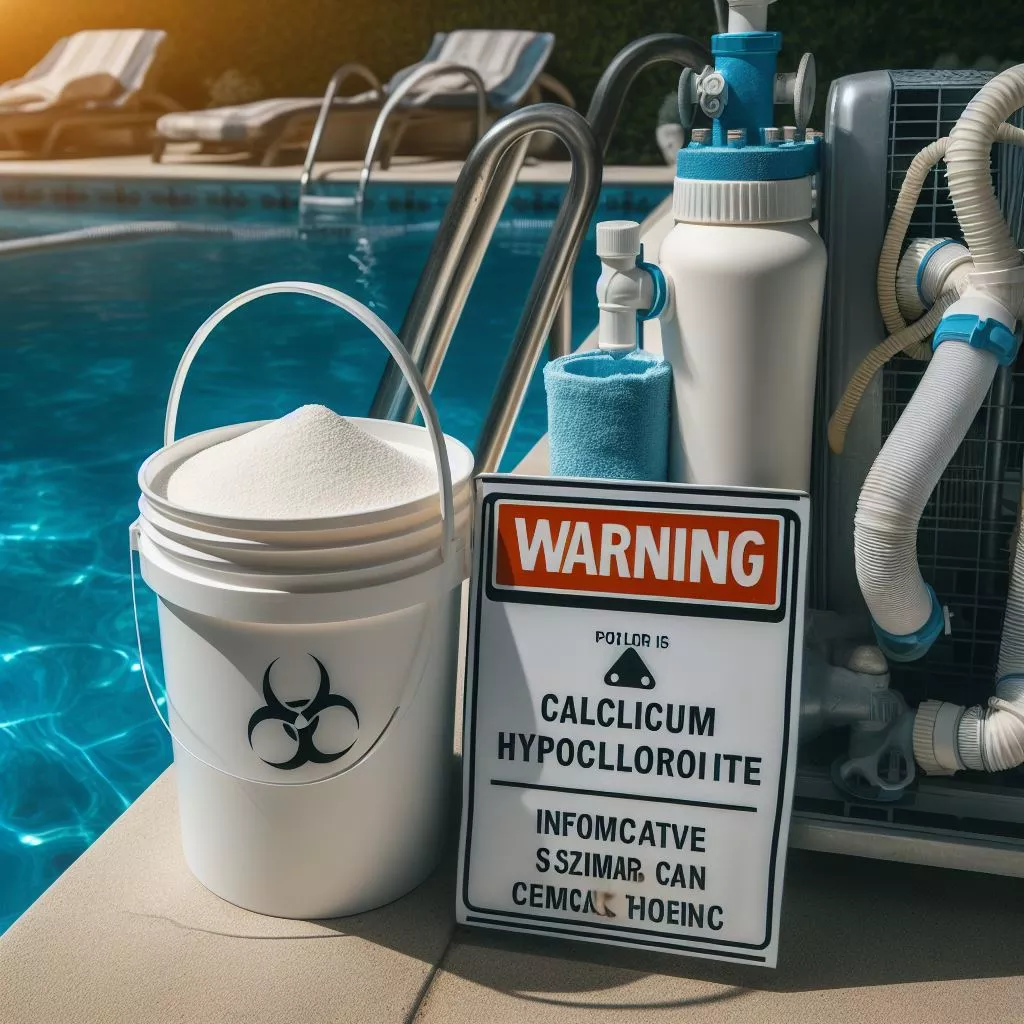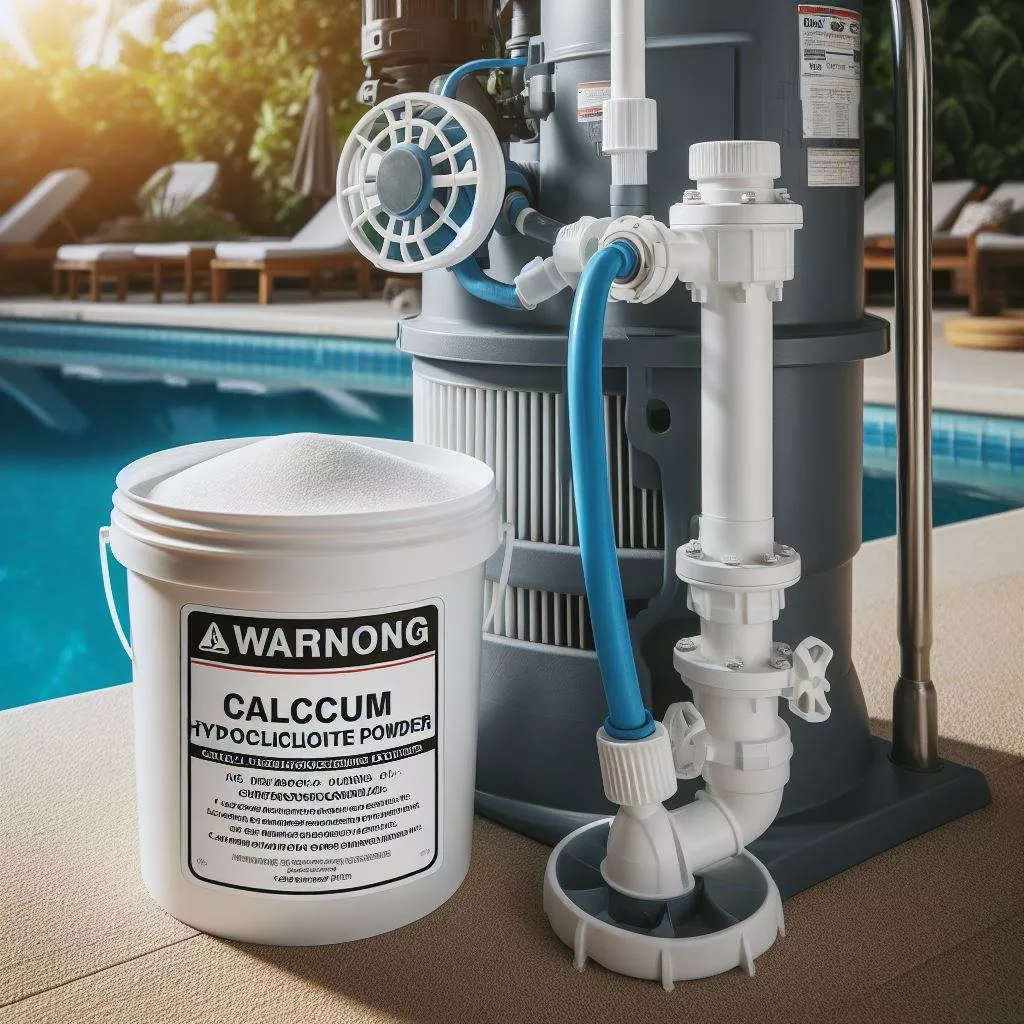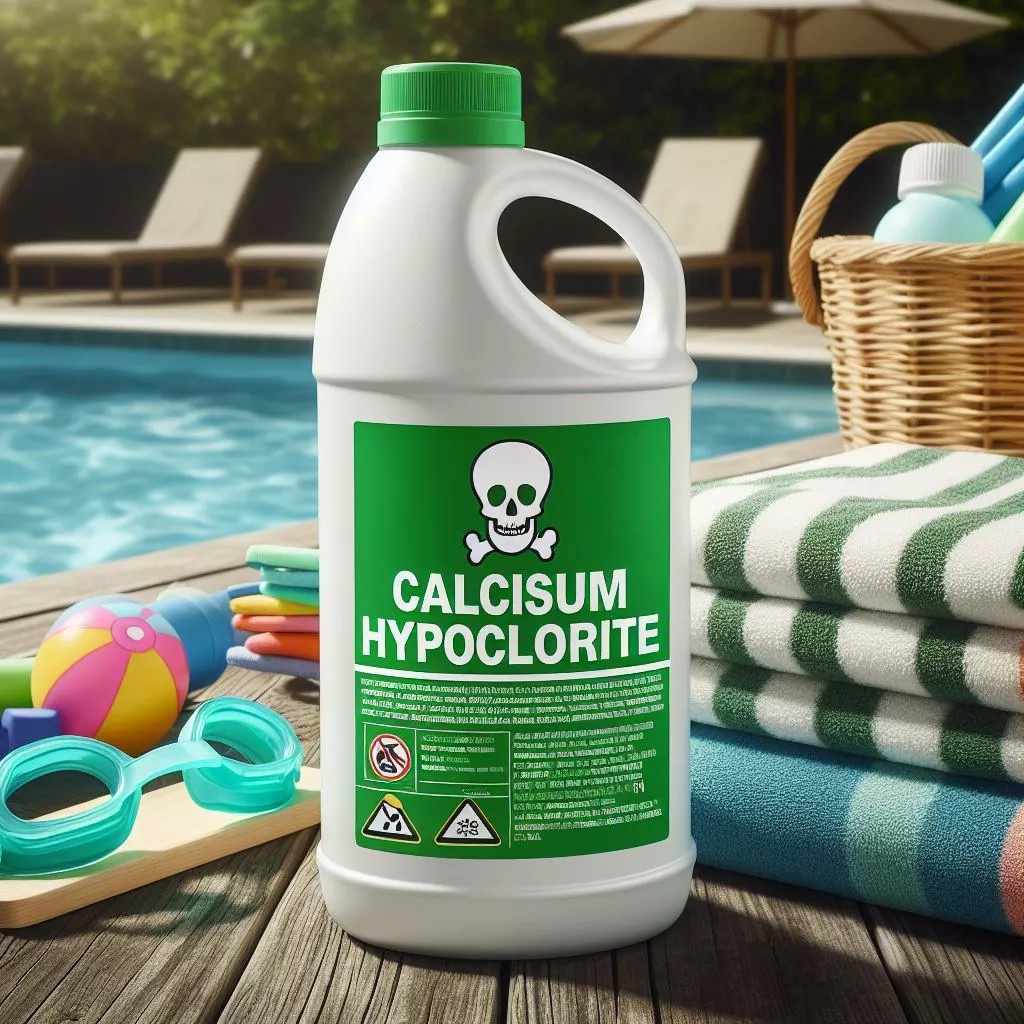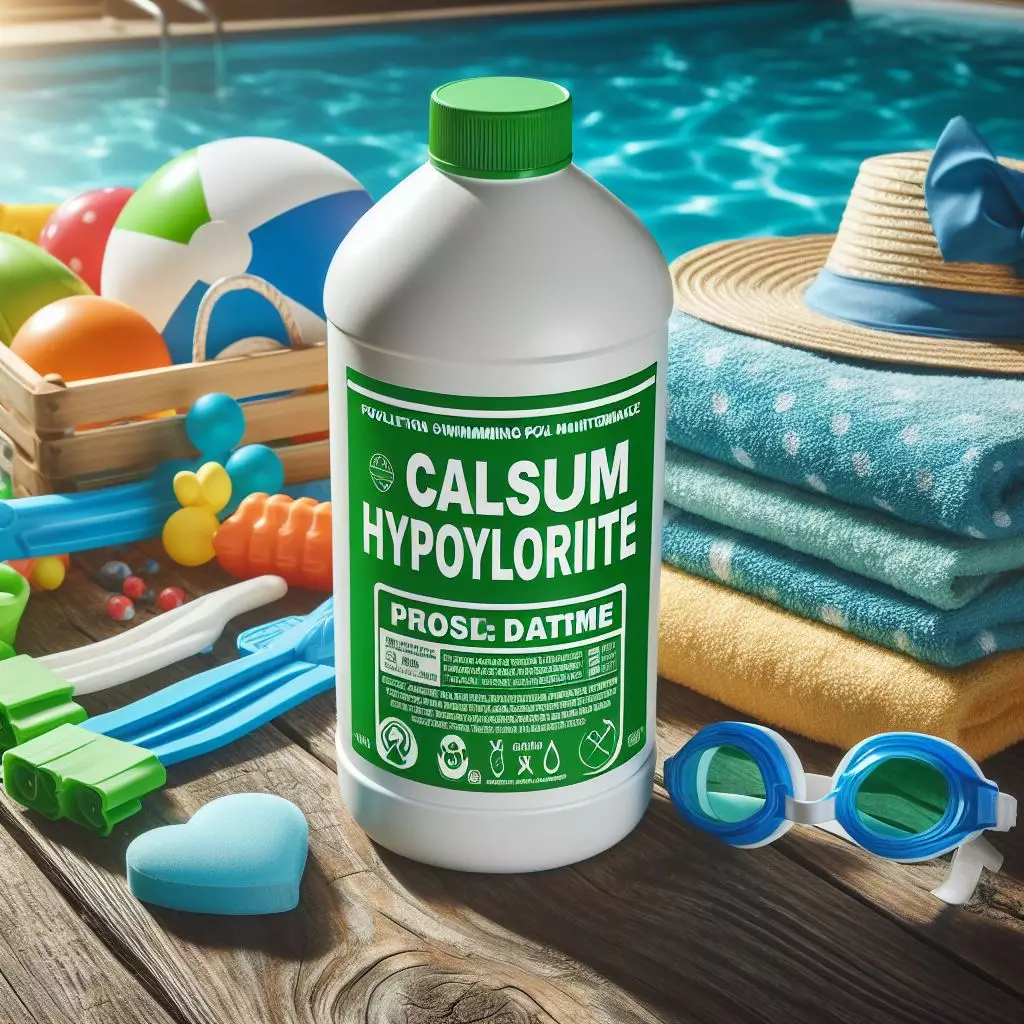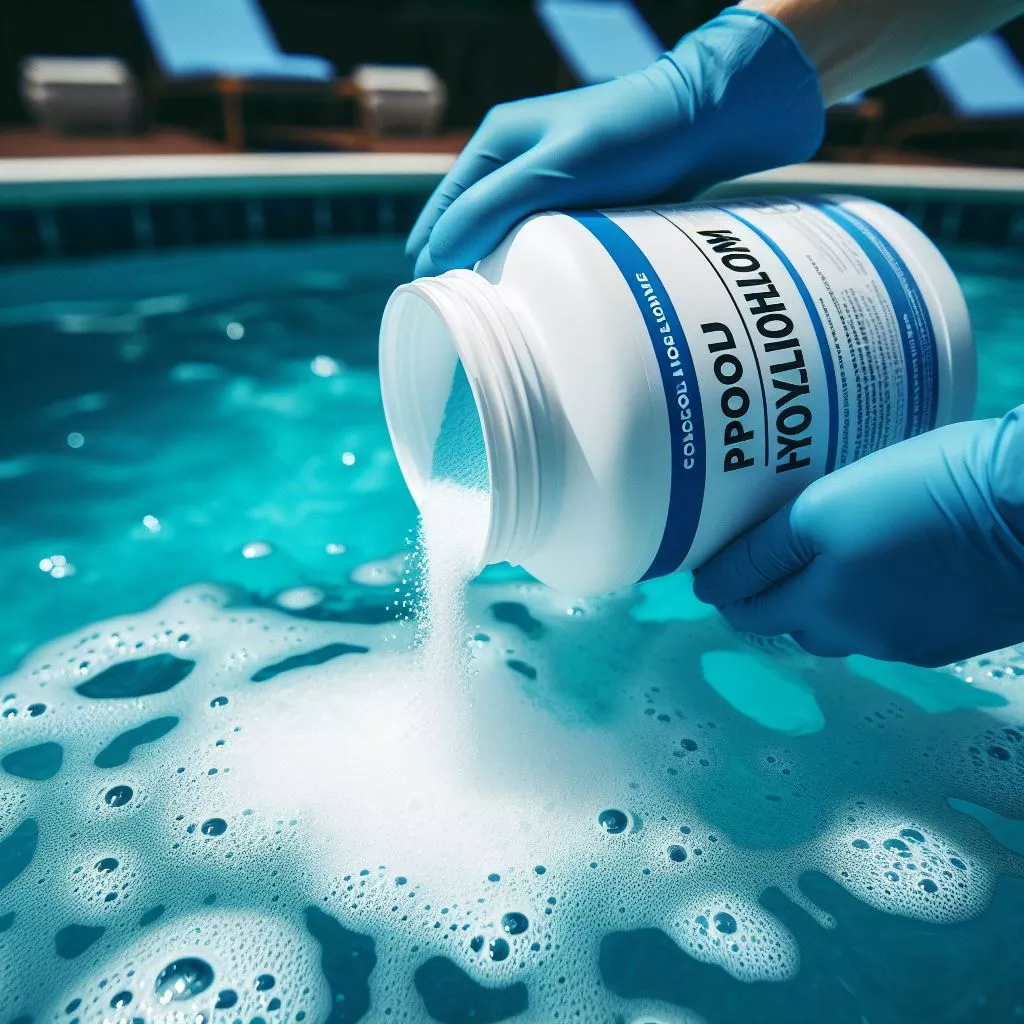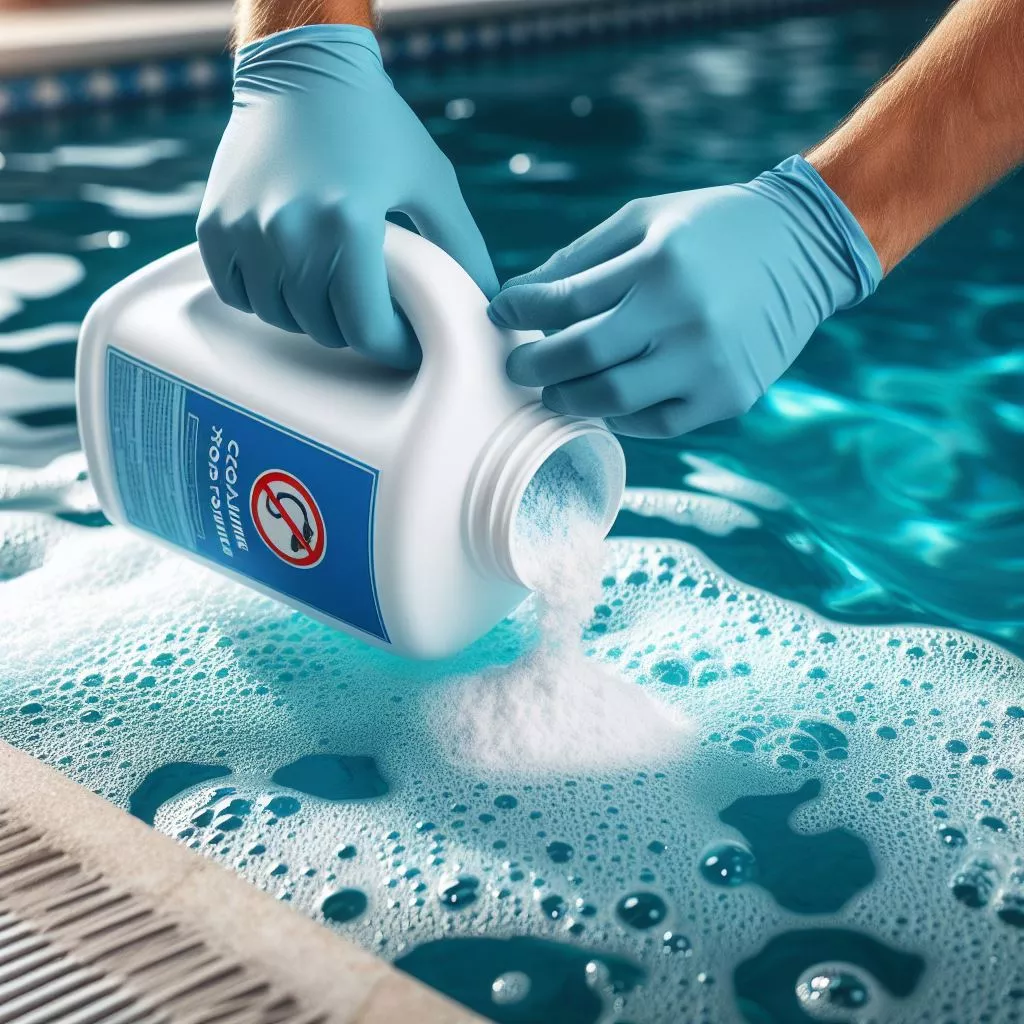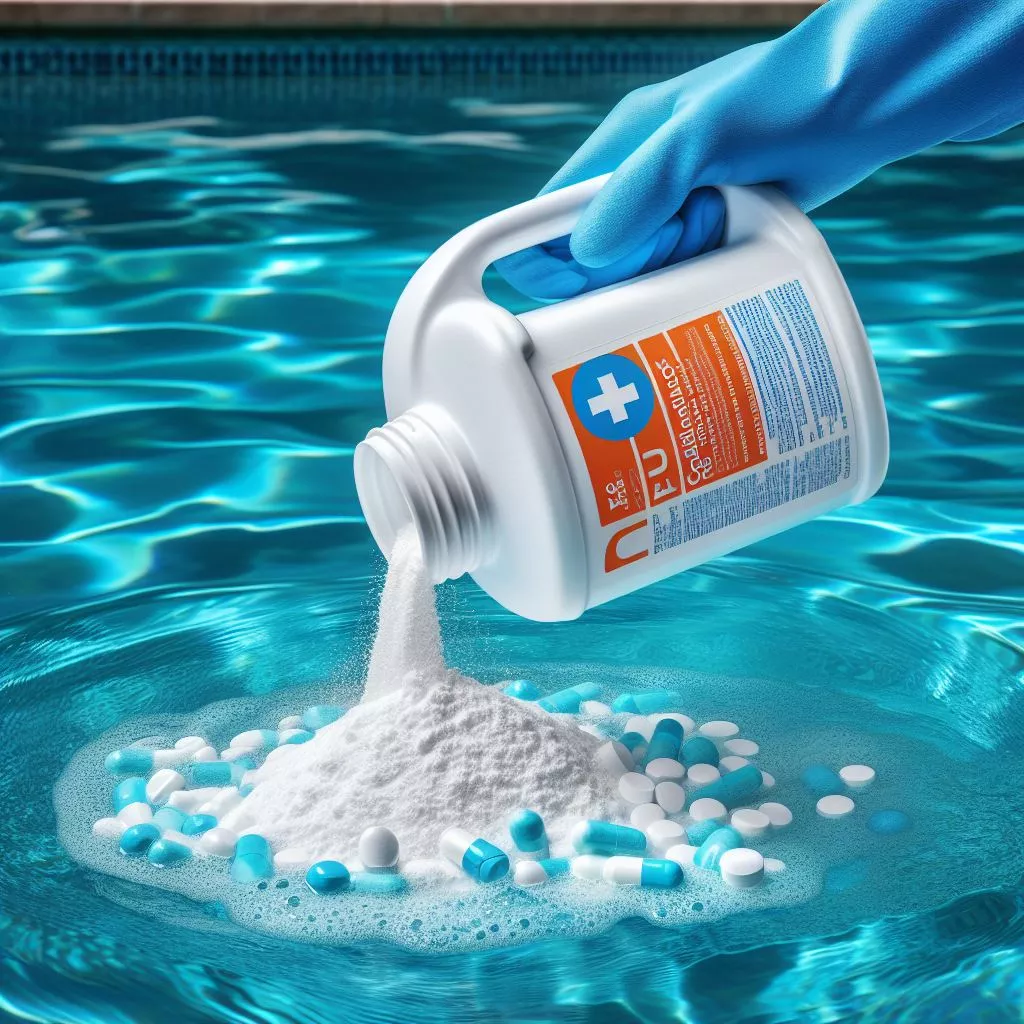When to Use Calcium Hypochlorite in a Pool?
Maintaining a clean and inviting swimming pool requires attention to sanitation and chemical balance. One of the key components in your pool maintenance arsenal should be calcium hypochlorite. This chemical is not only effective but also efficient in keeping your pool water safe and crystal clear. In this article, we’ll delve into the nitty-gritty of …



